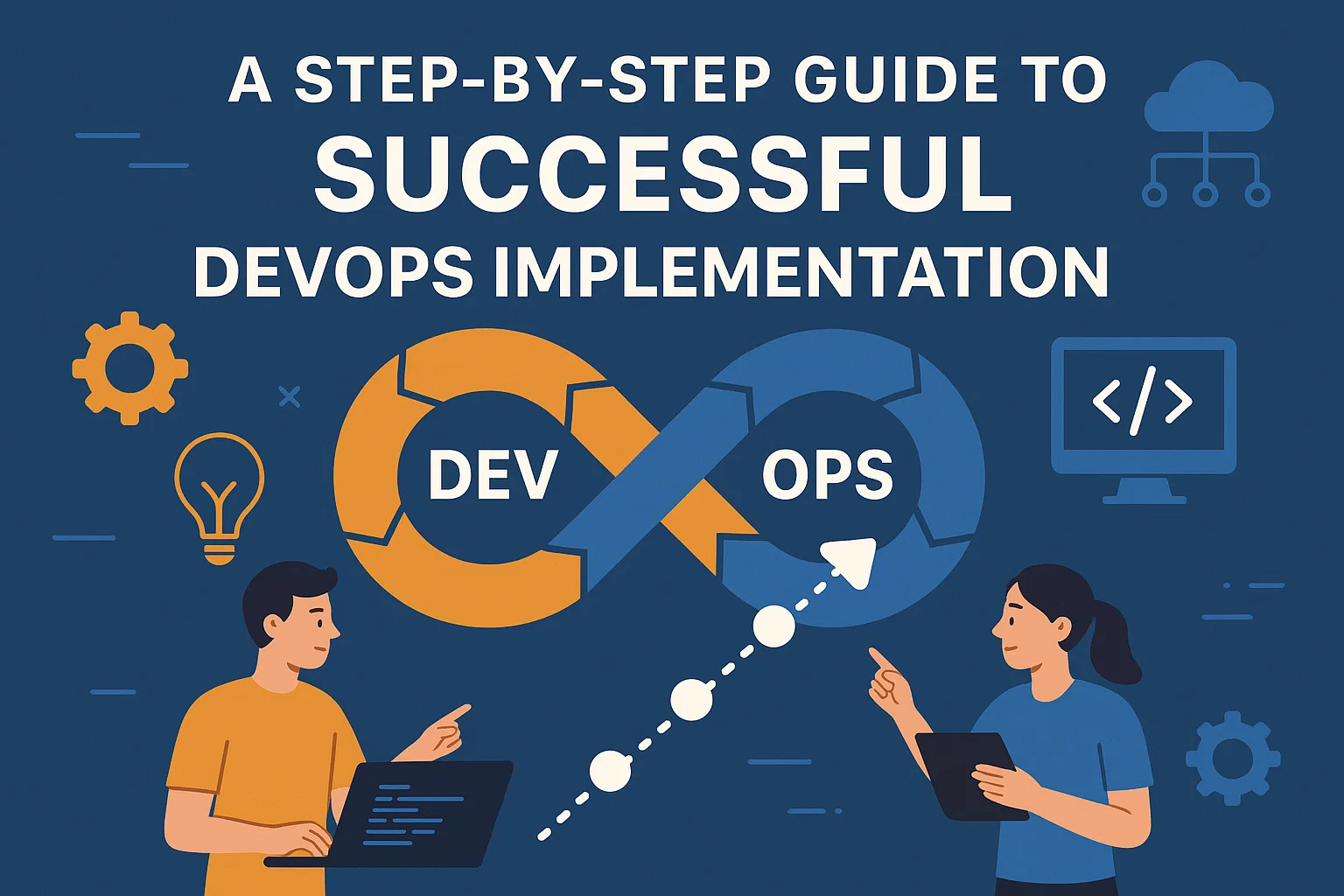Introduction
The software industry is moving faster than ever. Customers expect frequent updates, high reliability, and zero downtime. That’s where DevOps comes in.
DevOps isn’t just a buzzword — it’s a culture and process that bridges the gap between development and operations. At arpan.tech, we help businesses implement DevOps to streamline workflows and accelerate product delivery without sacrificing quality.
1. What is DevOps?
DevOps combines software development (Dev) and IT operations (Ops) into a single, continuous cycle of:
-
Plan → Develop → Test → Deploy → Monitor → Improve
The goal? Faster delivery, better collaboration, and higher product quality.
2. Benefits of DevOps for Businesses
-
Faster Time-to-Market: Deploy features and fixes quickly
-
Better Collaboration: Dev and Ops teams work as one
-
Improved Quality: Automated testing reduces bugs
-
Scalability: Easily adapt to changing customer needs
-
Cost Savings: Less downtime, fewer issues
3. Step-by-Step DevOps Implementation
Step 1 — Assess Current Workflows
Identify bottlenecks and inefficiencies in your current development process.
Step 2 — Choose the Right Tools
We recommend:
-
CI/CD: GitHub Actions, Jenkins, GitLab CI
-
Infrastructure as Code: Terraform, Ansible
-
Monitoring: Prometheus, Grafana
Step 3 — Automate Testing & Deployment
Automated pipelines ensure that code is tested and deployed without manual intervention.
Step 4 — Cloud Integration
Migrate to scalable platforms like AWS, Azure, or GCP.
Step 5 — Continuous Monitoring & Feedback
Track app performance and user feedback in real-time.
4. Common DevOps Mistakes to Avoid
-
Focusing only on tools, not culture
-
Skipping automation for “just this time”
-
Not involving the entire team in the process
Conclusion & CTA
DevOps isn’t a one-time project — it’s an ongoing culture shift. When done right, it can transform your software delivery process.
📩 Want to implement DevOps the right way? Contact arpan.tech and let’s design a strategy tailored to your team.


